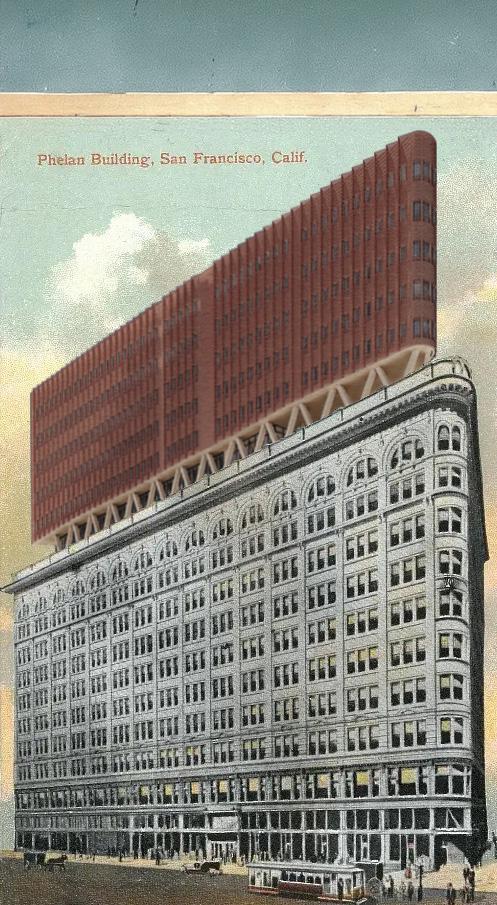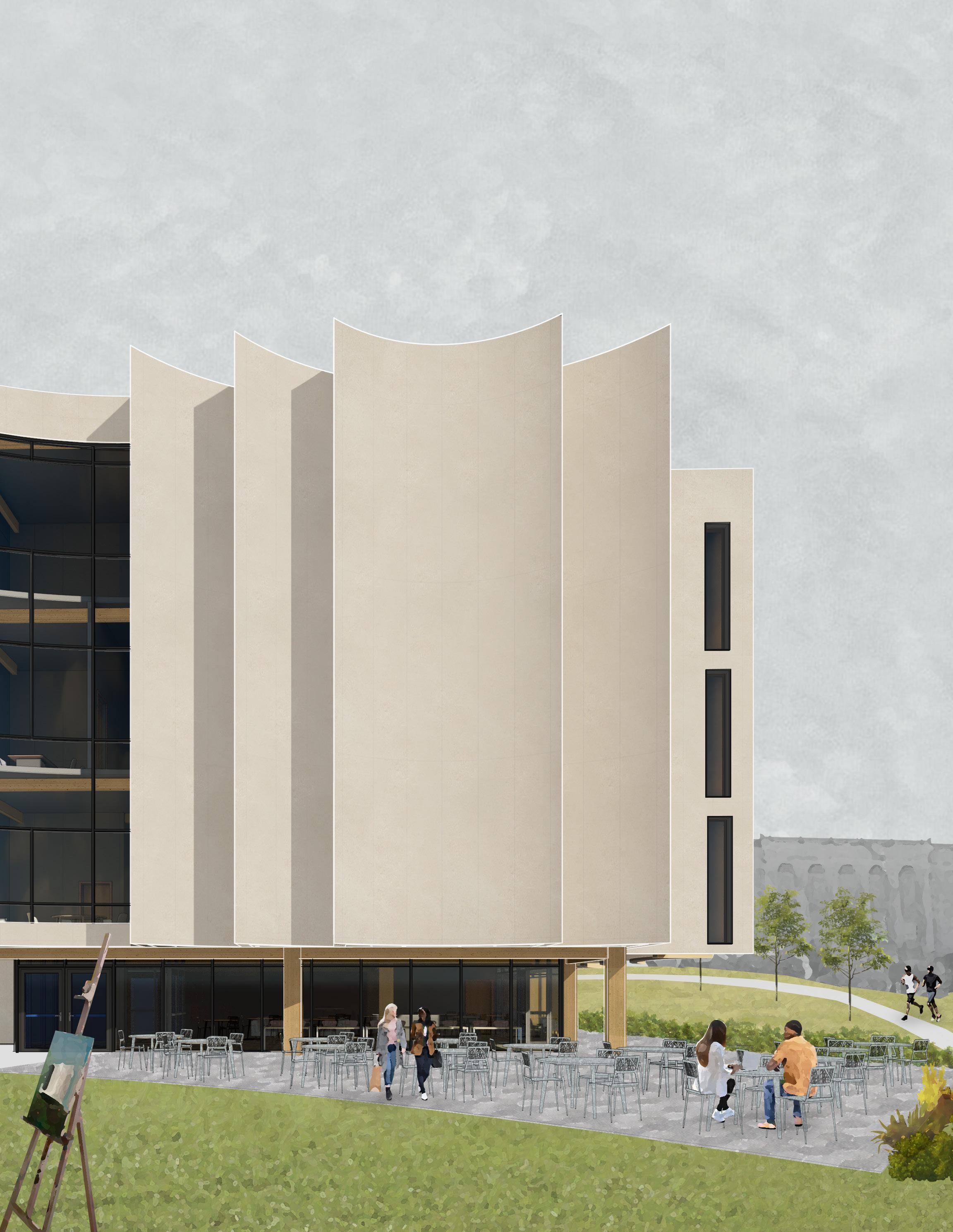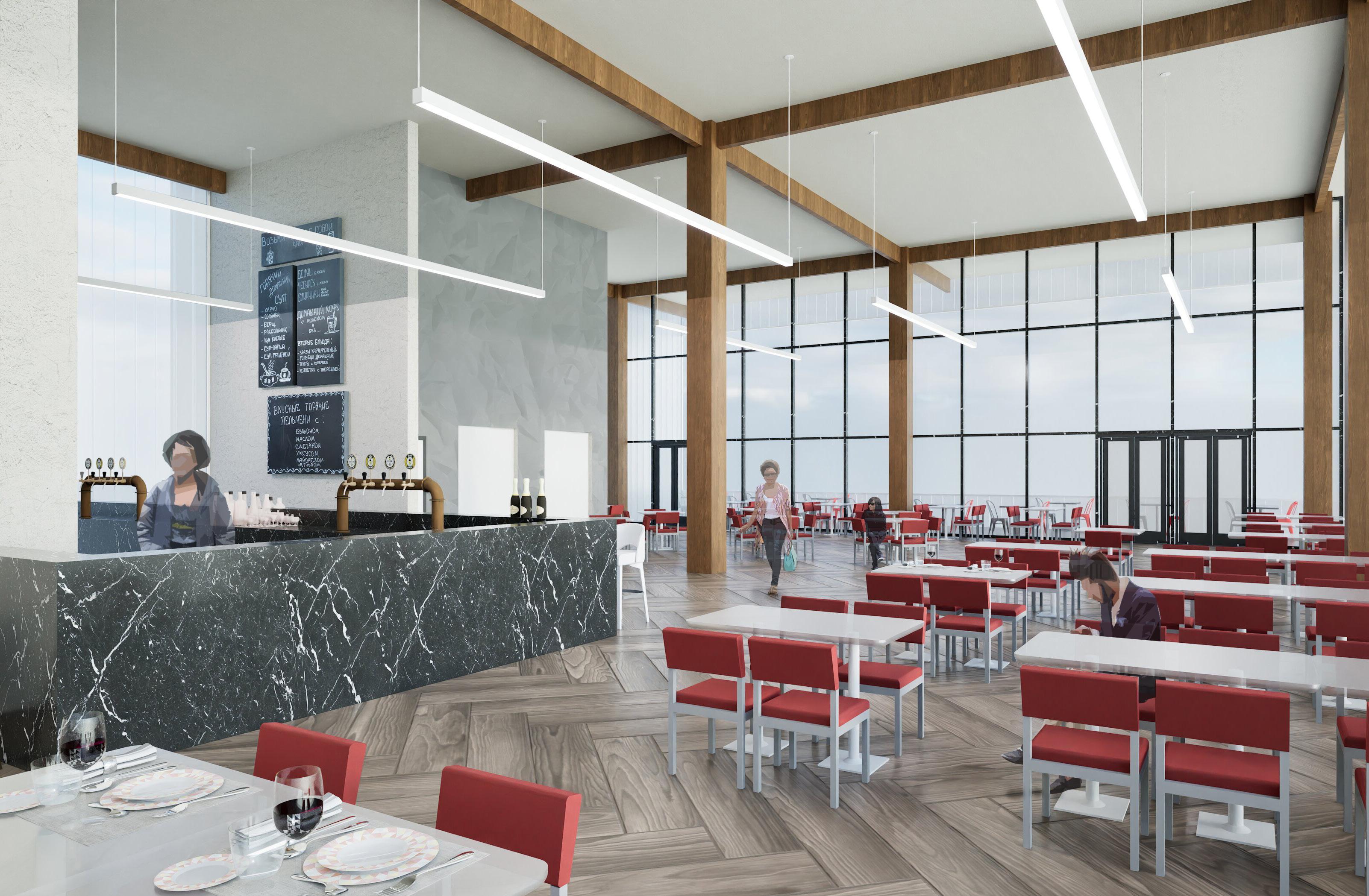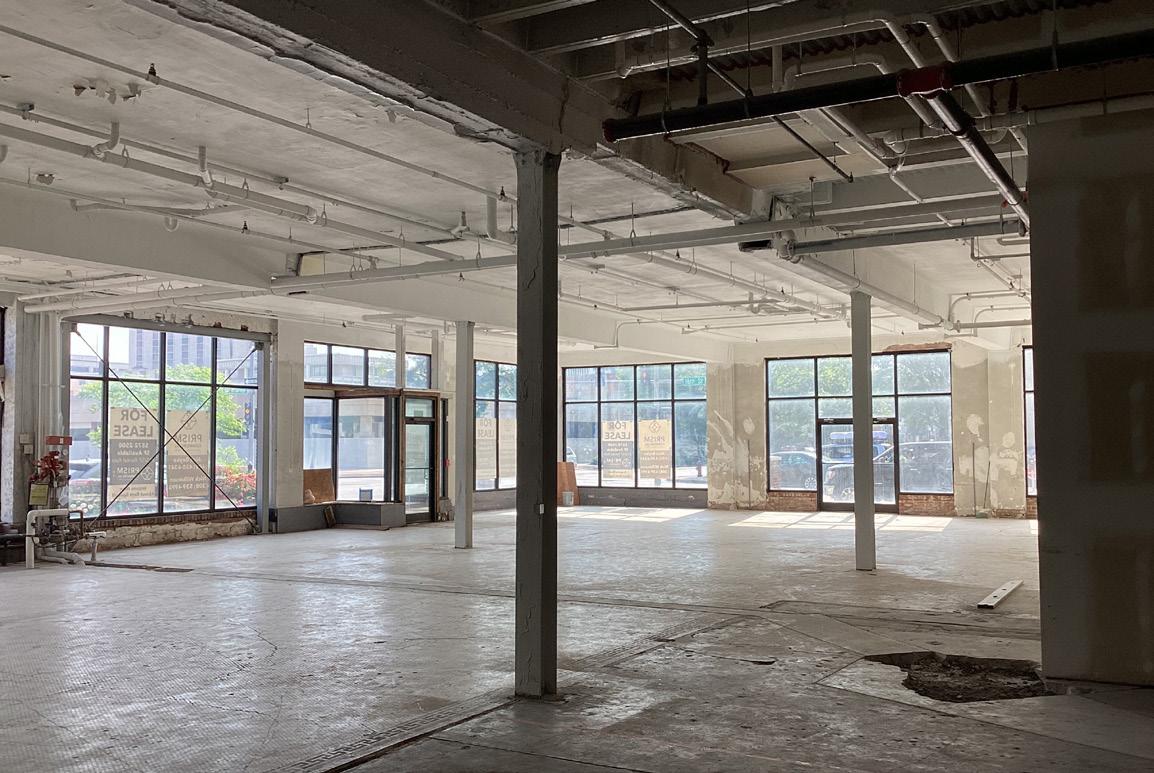Selected Works
2nd Year M.Arch 2023-2025






Selected Works
2nd Year M.Arch 2023-2025





2nd Year M.Arch Student
402-210-4855 | mancusom928@gmail.com | @can2lever
Architectural Design Intern | HDR | Omaha, NE
May 2025 - Present
Architectural Intern | Wilkins ADP | Kearney, NE
May 2023 - January 2025
Assisted architects with design processes ranging from programmatic design to design development. Project areas included K-12, child development centers, civic, and offices.
University of Nebraska-Lincoln | M.Architecture | Lincoln, NE
May 2024 - May 2026
University of Nebraska-Lincoln | BSD Architecture | Lincoln, NE
August 2020 - May 2024


This studio’s focus was to choose a site for a ‘grafted’ addition onto an existing building. The main focus for the program was to incorporate affordable housing into a city with a severe need for it. The Phelan building serves as a perfect host for housing in the downtown sector of San Francisco. Vertical expansion maximizes land use efficiency in densely populated urban areas where available space is limited. By building upwards, the project minimizes the use of valuable land resources while still meeting the growing demand for housing in a high-demand market. Locating the affordable housing project in downtown San Francisco promotes social inclusion and diversity by providing housing options in a mixed-use, mixed-income environment. Residents have the opportunity to live in close proximity to people from diverse backgrounds and income levels, fostering social cohesion and community.

The apartments include a mixture of Micro, one, two and three bedroom units. The addition is cladded in terracotta baguettes to increase shading in the structure to keep the building cool and reduce energy loads. The raw CLT interior give the units a warm and inviting feel, giving residents a sense of home. Most units open to the central courtyard of the building, which matches the footprint of the existing building.


On the first floor of the existing Phelan building, a public library and art gallery was added. The first floor belongs to the public to interact with, inviting people to be able to come to this space daily if needed. The library is split into two wings, digital and physical sides, separated by a shared courtyard.


Cross-Laminated Timber was chosen for its sustainability, strength, and construction efficiency, utilizing responsibly harvested wood to reduce environmental impact while enabling innovative design solutions and faster build times. The incorporation of V-shaped columns maximizes structural performance by efficiently transferring loads to
the existing columns, maintaining overall stability without the need for major structural alterations. For the building’s cladding, terracotta baguettes were selected for their visual appeal, long-lasting durability, and eco-friendly properties, adding texture and depth to the façade while providing effective sun shading, an feature for California’s sunny climate.
ADDITION PARAPET
258’ - 9”
ADDITION L 6
238’ - 9”
ADDITION L 5
223’ - 9”
ADDITION L 4
208’ - 9”
ADDITION L 3
193’ - 9”
ADDITION L 2
178’ - 9”
ADDITION L 1
158’ - 9”
EXISTING L 2
21’ - 6”
EXISTING L 1
0’ - 0”

Spring 2025 | Grace Vollmuth, Haley Herman | Jeremy Redding, Guy Trerotola
This studio focused on the adaptive reuse of the existing Mutual of Omaha Tower, challenging us to reimagine a structure rooted in corporate identity as a new civic asset that enhances public life and economic vitality. Our group proposed transforming the tower into a Mars Research Center, a place where education, exploration, and innovation come together. The program includes a public-facing museum, an education center, NASA research labs, and a Mars surface simulator. These elements are designed to work together, creating connections between scientific research and public engagement. The education space features a CTE lab where students can gain hands-on experience with the mechanics behind spacecraft and planetary rovers. By bringing space research to the Great Plains, the project aims to shift the narrative that space exploration belongs only to the coasts. Reimagining the tower as a center for Mars research allows the building to take on a new role in the city. The project positions Omaha as a contributor to the future of space science while giving local communities the chance to take part in the story.




The existing tower of the building was kept in order to showcase the rocket and promote what is happening inside the building as people drive by on Omaha’s busiest street. The cross-bracing design was inspired by origami, a common design used in space craft design. This promotes a lightweight structural system and adds a dynamic sense of movement. The southern entrance and facade references soviet era architecture, a nod to the original space race of
the 1960s. The repeated triangular facade echoes launchpad scaffolding, giving it an energy symbolic to liftoff. The new facade integrates historic symbolism with contemporary exploration and ambition.

simulator as the ‘soil’ for Mars. By keeping the original facade as a ground up soil, it lowers emissions to remove the facade to a landfill and pays homage to the original materials.
The original facade of the building, an orange limestone, was stripped in its entirety. In order to align with our resilience goals, the limestone was crushed and ground up on the site, then added to the Mars




The south lobby provides a unified entrance for the entire building. Each program has a separate core, having each user group enter together, and split off deeper into the building.
The museum is located on the top floor of the structure, taking up two stories. The exhibits are interactive, allowing all age groups to be able to learn and entertain. In the center of the museum, a platform lays for people to be able to walk up the stairs and have a view of the tip of the rocket, along with a stunning view of North Omaha.




The unused three story basement of the tower, currently unused, was converted into the Mars simulation room.
The existing dome on the site remains, allowing the users to not feel too disconnected from Earth.
The space is primarily used for astronaut training and simulation. However, a viewing platform for museum guests was added to allow for a live exhibit.
The ‘soil’ used for this room is the original limestone facade of the entire structure. The color of the stone allowed for this to naturally become a mars tinted soil. The repurposed soil allows for less emissions to be released, and a statement that not all building elements need to be reused in a literal sense.



This project is a proposed building for a future architecture department on the Kansas City Art Institute campus. This project aims to support the education of students and inspire the exploration of architecture through sustainable materiality. The proposed building site is located on the southern end of the campus, in downtown Kansas City, MO.
Shading techniques were introduced in order to reduce solar heat gain. Fins were extruded from the building and curved to allow for windows on the south side to be facing east and west with little to no solar heat gain. The curving of the fins allowed for operable windows to be introduced and allowed each part of the building to have natural light. Floor one - west was recessed in order to allow for a curtain wall to let in the maximum amount of light without direct sunlight. Plazas and study spots are common throughout the building in order to increase social interactions and allow different studio years to interact.



The building’s main goal is to achieve a healthy architecture setting with an emphasis on sustainability. The cafe and mezzanine provide an ample area for students to gather and mingle. A Cross Laminated Timber structure was used and left exposed throughout the building in order to remind the students of a sustainable example within the building.


In this studio, the primary focus was to being life back into one of the most historic, but also most forgotten about buildings in Lincoln, NE.
In the pursuit of elevating the urban hospitality experience, our architectural vision materializes in the form of an extended stay boutique hotel crowned by a sophisticated restaurant and bar. This conceptual form is a response to the absence of boutique establishments in the urban fabric and a passionate homage to the charm of the original architecture.
The strategic placement of the building addition on the western side and atop the existing structure has been a concise decision aimed at minimizing visual disruption at eye level while accommodating the additional space. By dedicating the western aspect to house the new extension, a different preexisting structure is exclusively designated for the restaurant and bar purposes. Employing subtractive massing techniques contributes to creating compelling architectural moments, accentuating the transformative process as the existing building is seemingly being ‘taken over.’

Floors 2-4 Hotel Rooms

The building’s program was selected based on what tends to be successful in Lincoln. During UNL home football games, the city often lacks space to accommodate visitors, which led the group to choose a hotel. The restaurant and bar were added to reflect the growing trend of elevated dining experiences that aren’t located at street level.

The juxtaposition of old and new architectural elements provides occupants with a unique synthesis of historical charm and contemporary amenities. This contrast finds resolution in the interior materials, intertwining the essence of the past with the leisure of the present. Channel glass has been chosen for its ability to manipulate transparency and convey a new ‘weight’ to the facade. This material selection serves a dual purpose, engaging with light dynamics, particularly in the busiest intersection of the city. Positioned at a busy intersection, this structure becomes a “beacon”, seen by all in the downtown area, thereby transforming the new addition into a visual landmark.



Tasked with promotional design, the group led all advertising efforts for Unicameral, Vol. 3. Looking to make a bold statement, they went big. Guerrilla marketing was the chosen approach, resulting in the creation of four-foot by three-foot letters as a physical advertisement for the magazine’s exhibition pin-up.
The installation took advantage of the Kalwall panels on the College of Architecture’s new addition during dead week, which offered a prime opportunity to catch students’ attention. The letters were assembled in just four hours. Each one required two plotted prints, with 200 promotional posters adhered to the backs to create a second installation visible from inside the studios.

Creative Director: Michael Mancuso
Installed by Michael Mancuso, Rhiannon Strazdas, Kayden Lichtas, Mia LeRiger, Olivia Hordvik-Chaussee, and Chloe Martinez.


WKL is an apartment building in Lincoln, NE that recently occupied a building used by various automotive companies for almost a century. The first floor of the building is currently empty retail, bringing in no income. In order to make the space profitable, six apartments to match the style of the existing above are to be added into the empty retail space. To utilize historic funding, the tile and interior elements will be preserved, creating a contrast between the original showroom and the new apartments. Frosted transoms will be added in each unit in order to carry natural light into each of the interior units.




A local charity in Lincoln, NE recently bought an abandoned corner store - what was once a staple in communities, now turned obsolete from cars. The owners sought a historic building with the intent to host charity gatherings as their current space is too small. The building structure proving to be stable, construction will begin in late 2024. The brick addition is meant to complement the corner store’s history. With the addition and renovation, the charity will be able to start hosting events and meetings in a modernized yet historic location big enough for all the members.
Thank you
